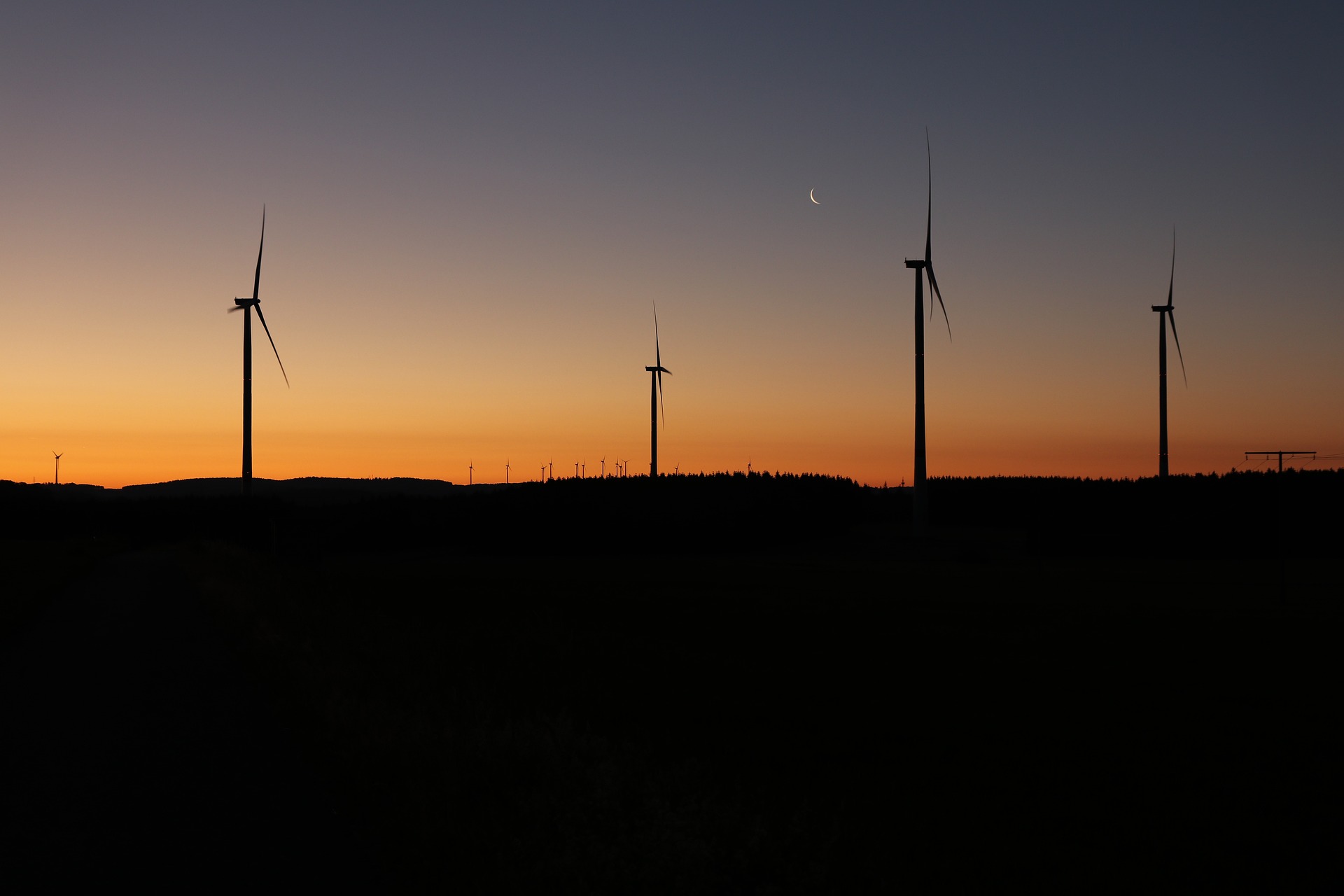NAU CWC 2022-2023
Team Cyclone
Requirements
Within recent history the global warming crisis has captured the attention of scientists and governments across the world. In order to combat global warming, the EU and the US have outlined goals to increase Renewable Energy Sources (RES) and decrease the dependency on fossil fuels over the next few decades. Although these goals have proven to slow down global warming, they are very ambitious for our current power grids, technology, and job market. Recognizing these downfalls, the US Department of Energy (DoE) and National Renewable Energy Laboratory (NREL) created the Collegiate Wind Competition (CWC) in 2014 to prepare students, researchers, and engineers with real world experience in the wind energy workforce [1].This year the CWC is focused on offshore wind turbines and reducing voltage spikes. Given the environment, offshore wind turbines experience rapidly changing wind speeds and directions. These sudden changes and lack of consistency, make wind turbine operations offshore much more cumbersome than mainland turbines. An important part to wind turbine operation offshore is the presence of emergency stops for when wind speeds increase or change rapidly.
CWC Technical Requirements [1]:
- The cable length from the electrical components and load to the turbine enclosure must be at least 2.5 meters.
- The cable length from the bottom of the turbine enclosure to the base of the turbine must be at least 1 meter.
- Any connectors between cables must be kept dry at all times, both in installation and testing of the turbine, and must support the weight of the cables.
- The electrical components must be enclosed in a fireproof container with all components being electrically insulated from the enclosure.
- The enclosure and electrical components must meet or exceed a National Electrical Manufacture’s Association Type 1 rating.
- All connections must be in cable form, i.e., no bare wires or tapped connections are allowed.
- All cables must be unbroken in the vicinity of the water tank.
- The voltage at the PCC must be no greater than 48 V.
- The base plate of the turbine must be tied to ground and all electronics must be tied to this base plate with a 100 kilo ohm or lower resistance resistor.
- The load and turbine electronics must be in two separate enclosures.
- The load needs to be designed and built solely by the team, other components are available to be bought off the shelf.
- No batteries are allowed and capacitors must not have a nameplate voltage and capacitance ratings that correspond to over 10 Joules of energy.
- Turbine components must have a zero state of charge at the start of testing.
- Wires interfacing with the PCC must have PP15-45 Anderson Powerpole connectors.
- Powerpole connectors of an appropriate size - 15 amperes (A), 30 A, or 45 A - must be used.
- The emergency-stop connector and wiring must withstand at most 3 Amps and as such must carry a small signal.
- A cable must be provided containing two wires, with each wire being no smaller than 28 gauge that reaches the PCC. This cable must be terminated with a standard JST RCY female receptacle housing connector.
CWC Testing Requirements [1]:
- Turbine components must have a zero state of charge at the start of testing.
- When the emergency shut off is conducted, the open circuit voltage should not exceed 48 V.
- The turbine must be able to restart for any wind speed above 5 m/s.
- The turbine must reduce to “shutdown” levels no more than 10 seconds after the shutdown was initiated and must last at that level indefinitely.
Objectives
The objectives outlined by the CWC are to create a small-scale offshore wind turbine that can produce a steady power output across a variety of wind speeds. The wind turbine needs to be composed of three separate parts, the wind turbine with the generator, an electrical black box to convert and alter the AC signal, and a load for the turbine. As for the rotors themselves, they need to rotate with changes in wind speed and direction. To simulate an industry turbine as much as possible, the turbine should also possess safety precautions, such as a manual emergency stop as well as fail safes. To test the effectiveness of the design, there needs to be a point of common connection (PCC) where the power curve and voltage output of the turbine will be measured. Overall, the project is a miniature scale of an industry grade offshore wind turbine, so it needs to operate and function accordingly. Objectives that our team has independently identified are to convert the AC signal from the generator to DC, filter that DC signal, convert the DC signal to a higher or lower DC signal, and to be able to control the load, pitch, and power output of the turbine.Objective Tree
This objective tree shows some of the criteria that are important for selecting certain generators, rectifiers, converters, microcontrollers, and load types.
